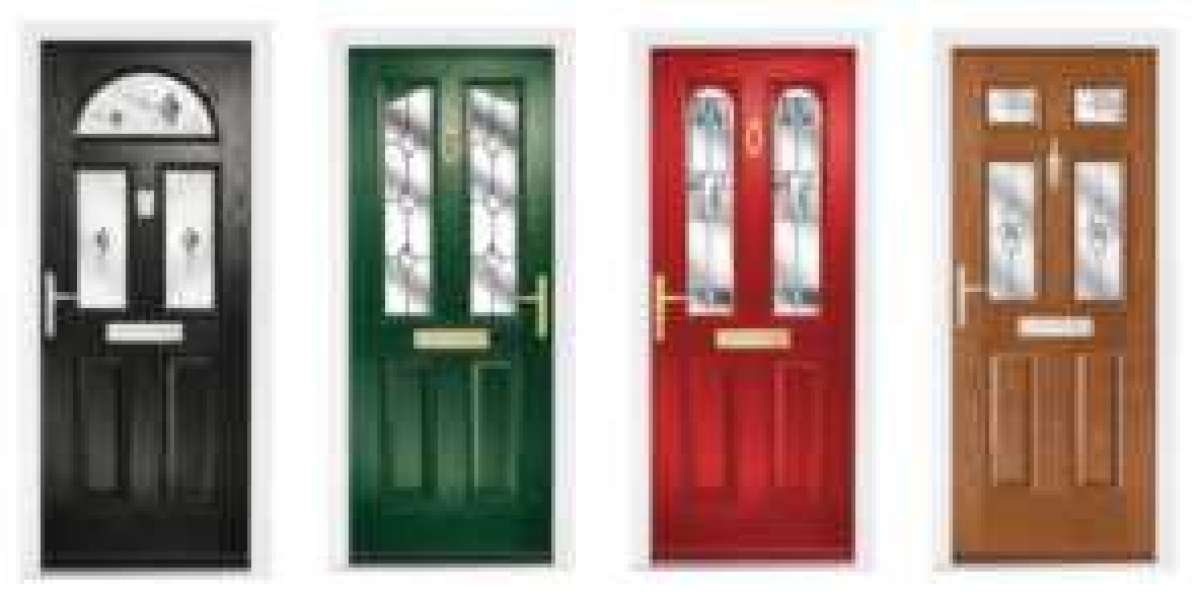
Composite Door Lock Replacement: A Comprehensive Guide
composite door maintenance guide doors, understood for their toughness and visual appeal, are a popular option for homeowners looking to enhance both the security and the curb appeal of their residential or commercial properties. Nevertheless, like any other component of a home, the locks on composite doors can wear over time or end up being damaged, requiring replacement. This short article offers a detailed guide on how to change a composite door lock, making sure that house owners can undertake this task with confidence and performance.
Understanding Composite Doors
Before delving into the replacement process, it's necessary to comprehend the unique attributes of composite doors. Composite doors are made from a combination of products, typically including wood, plastic, and often metal. This mix of products provides enhanced durability, insulation, and resistance to weathering. The locks on composite doors are often more robust and advanced than those on standard wooden doors, making them a crucial component in home security.
Tools and Materials Needed
To replace a composite door lock, you will require the following tools and products:
- New lock set: Ensure it is compatible with your composite door.
- Screwdriver set: Both flathead and Phillips.
- Drill and drill bits: For creating new holes if required.
- Determining tape: To determine the existing lock and guarantee the new one fits.
- Pencil: For marking measurements and drilling points.
- Sculpt: For increasing the size of or developing new holes.
- Utility knife: For trimming any excess material.
- Lock lubricant: To make sure smooth operation of the brand-new lock.
Step-by-Step Guide to Replacing a Composite Door Lock
Prepare the Workspace
- Clear the location around the door to ensure you have enough space to work.
- Get rid of any decorative trim or hardware that might interfere with the replacement process.
Eliminate the Old Lock
- Exterior Handle: Use a screwdriver to eliminate the screws holding the exterior handle in place. Pull the handle away from the door.
- Interior Handle: Similarly, remove the screws from the interior handle and pull it far from the door.
- Lock Cylinder: If the old lock has a different cylinder, remove the screws protecting it to the door and pull it out. If it's integrated with the handle, it needs to come out with the handle.
- Lock Mechanism: Remove the screws holding the latch system in location. Slide the lock out of the Local door Repair.
Measure and Prepare for the New Lock
- Step the Existing Holes: Use a determining tape to identify the size and position of the existing holes. This will help you select a suitable new lock set.
- Mark the New Holes: If the brand-new lock requires different hole placements, use a pencil to mark the new positions on the door.
- Drill New Holes: Use a drill and the suitable drill bits to develop new holes. For bigger holes, you might need to use a chisel to expand the existing ones.
Set Up the New Lock
- Latch Mechanism: Insert the brand-new latch system into the door and secure it with screws.
- Lock Cylinder: If the brand-new lock has a different cylinder, insert it into the door and secure it with screws.
- Exterior Handle: Align the new exterior handle with the holes and place the screws. Tighten up the screws to secure the handle.
- Interior Handle: Repeat the process for the interior handle, guaranteeing it lines up with the exterior handle and the lock mechanism.
- Evaluate the Lock: Turn the handles and test the lock to guarantee it operates smoothly. If it feels stiff, use a little amount of lock lube.
Final Touches
- Reattach Trim and Hardware: Replace any decorative trim or hardware that was removed.
- Check the Door: Open and close the door several times to ensure the new lock is functioning properly and that the door lines up appropriately in the frame.
FAQs
Q: Can I change a composite door lock myself, or should I work with a professional?A: While changing a composite door lock is a job that lots of homeowners can undertake with the right tools and assistance, it can be more complex than changing a lock on a traditional wood door. If you are not positive in your capabilities or if the lock is part of a sophisticated security system, it may be smart to work with a professional locksmith professional.
Q: What should I look for when choosing a brand-new lock for my composite door?A: When choosing a new lock, consider the following:
- Compatibility: Ensure the new lock works with your composite door.
- Security Features: Look for locks with high-security functions such as deadbolts, anti-pick mechanisms, and reinforced cylinders.
- Toughness: Choose a lock made from top quality materials to ensure longevity.
- Aesthetics: Select a lock that matches the design and finish of your composite door.
Q: How typically should I change the lock on my composite door?A: The life-span of a lock can vary depending on usage and maintenance. Usually, it's a great idea to change a lock every 5-10 years or quicker if you observe indications of wear, such as difficulty in turning the key or a loose handle.
Q: Can I utilize a standard lock on a experienced composite door repair door?A: While basic locks can be utilized on composite door repair contractors doors, it's advised to use locks particularly developed for composite doors. These locks are generally more robust and better suited to the distinct construction of composite doors.
Changing a composite door lock is a job that can substantially enhance the security and functionality of your home. By following the actions detailed in this guide and using the right tools and products, house owners can successfully undertake this project. Whether you pick to do it yourself or hire a professional, making sure that your composite door repair FAQ door lock remains in excellent working condition is an essential action in maintaining the safety and security of your home.
By taking the time to understand the process and making notified choices, you can delight in the peace of mind that features a secure and well-maintained composite door.







